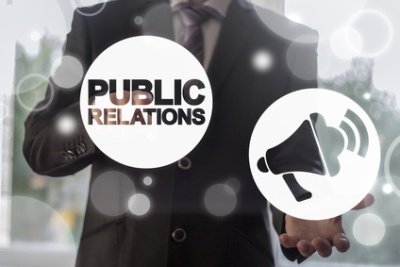In public relations, several strategies are used to get the most results possible. Two of the most commonly used strategies include proactive and reactive strategies. A reactive strategy refers to an approach that is taken to combat negative events after they occur. A proactive strategy involves identifying positive messages and using a multitude of tools to communicate those messages to the public. In this article, we’ll give you an overview of both strategies. In public relations, several tools and strategies are used to improve the image of a brand or the products or services that it offers. Two strategies that are most commonly used include proactive tactics and reactive tactics.
Proactive PR Explained
A proactive approach to public relations involves using the opportunities that public relations offers to augment paid advertising messages. With this type of approach, a PR audit is conducted to strategically evaluate the positive aspects of a brand, including the products and services they offer, the accolades they have received, and any other positive attributes that they offer. Once the audit is performed, PR professionals can then devise strategy for communicating with the public the positives aspects of a brand.
In other words, this type of PR strategy is conducted when there isn’t a crisis to manage. Rather, it’s an ongoing strategy that is used to develop strong relationships with journalists and establish a positive reputation for a brand.
Benefits of Proactive PR
A proactive PR strategy can provide several advantages for a business. Some of these benefits include:
- Increased exposure
- Greater brand awareness
- Improved reputation
- Low cost
- Better control
Reactive PR Explained
Essentially, a reactive strategy is damage control public relations. Should a company receive any negative publicity, or if it is involved in a crisis that impacts the public at large, reactive public relations can help to manage the situation.
For example, if a company is slammed with a lawsuit for misconduct, or if a company head is caught in a lewd act, reactive PR would be used to repair any damage. The challenge with reactive PR, however, is that it is usually difficult to predict. That’s because it can be hard to determine when or why a company would receive negative attention. As such, it can be difficult to plan a reactive PR strategy.
Benefits of Reactive PR
The primary benefit of reactive PR is that it can help to repair any damage that comes along with negative publicity. If done right, meaning that PR professionals act quickly and deliver effective messages, reactive PR can save the reputation of a brand.
